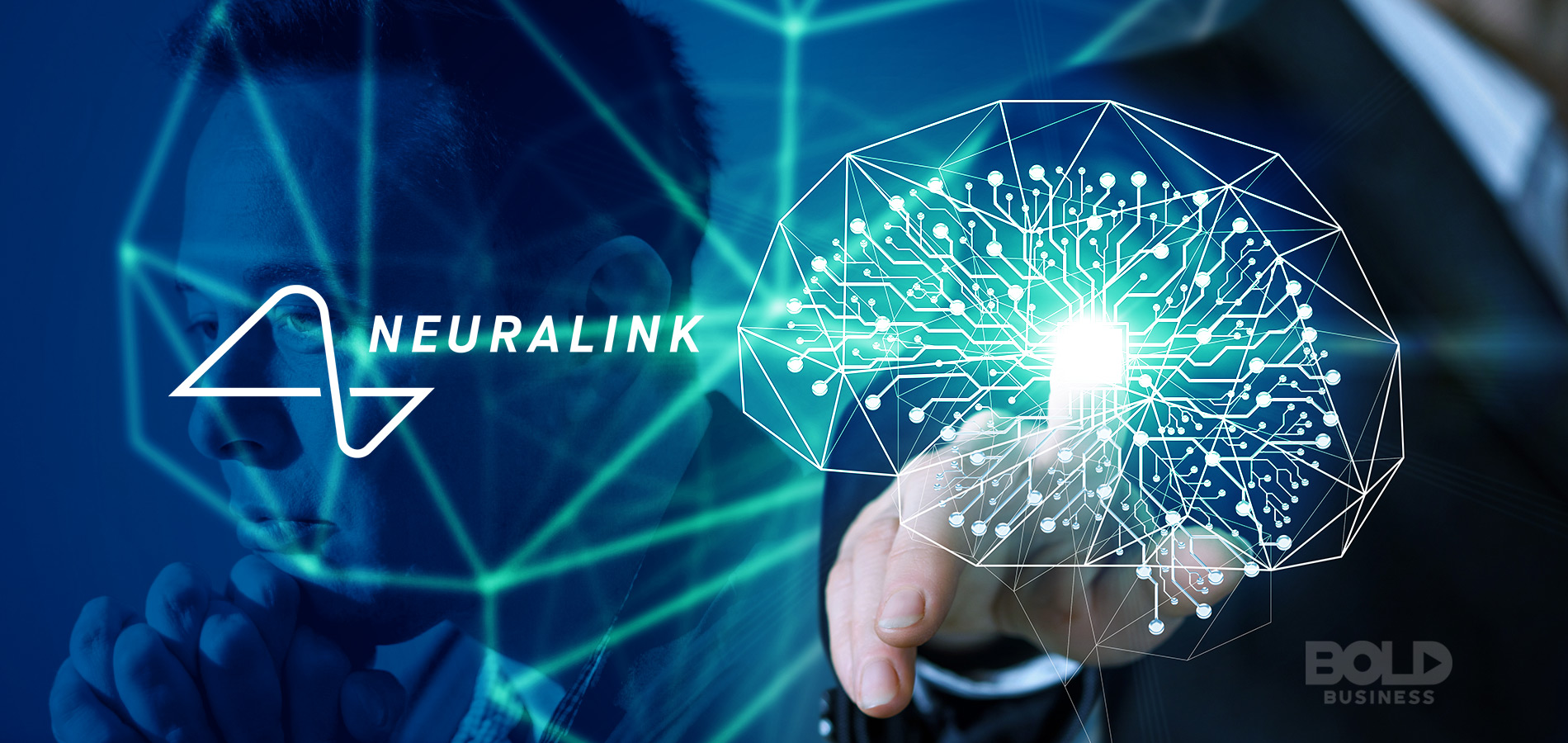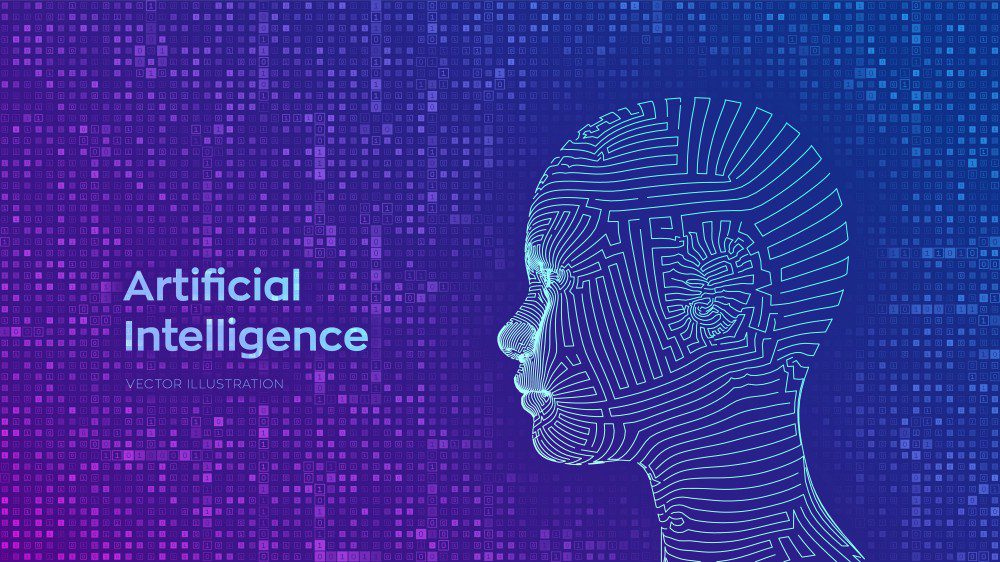
We know that Elon has broadly promised that Neuralink can do everything from helping people with spinal cord injuries, to enabling telepathic communication, curing brain disease like Parkinsons and ALS, allowing us to control devices with our thoughts and even merging human consciousness with artificial intelligence.
But as we get closer to the first clinical human trials for Neuralink, things are starting to become a little more clear on what this Brain Computer Interface technology will actually do, and how it will help people. So, let’s talk about what’s up with Neuralink in 2022.
Neuralink Human Trials 2022
When asked recently if Neuralink was still on track for their first human trial by the end of this year, Elon Musk replied by simply saying, “Yes.” Which I think is a good sign. It does seem like whenever Elon gives an abrupt answer like this, it means that he is confident about what he’s saying.
For comparison, at around the same time last year, when asked about human trials of Neuralink, Elon wrote, “If things go well, we might be able to do initial human trials later this year.” Notice the significant difference in those two replies. Not saying this is a science or anything, but it is notable.
We also saw earlier this year that Neuralink were looking to hire both a Director and Coordinator for Clinical Trials. In the job posting, Neuralink says that The director will “work closely with some of the most innovative doctors and top engineers, as well as working with Neuralink’s first Clinical Trial participants.”
We know that Neuralink have been conducting their surgical trials so far with a combination of monkeys and pigs. In their 2020 demonstration, Neuralink showed us a group of pigs who had all received Neuralink implants, and in some cases had also undergone the procedure to have the implant removed. Then in 2021, we were shown a monkey who could play video games without the need for a controller, using only his brain, which was connected with two Neuralink implants.
Human trials with Neuralink would obviously be a major step forward in product development. Last year, Elon wrote that, “Neuralink is working super hard to ensure implant safety & is in close communication with the FDA.” Previously, during Neuralink events, he has said that the company is striving to exceed all FDA safety requirements, not just to meet them. In the same way that Tesla vehicles exceed all crash safety requirements, they actually score higher than any other car ever manufactured.
What can Neuralink Do?
As we get closer to the prospective timeline for human testing, Elon has also been dialing down a little more into what exactly Neuralink will be able to do in its first phase implementation. It’s been a little bit hard to keep track when Elon is literally talking about using this technology for every crazy thing that can be imagined - that Neuralink would make language obsolete, that it would allow us to create digital backups of human minds, that we could merge our consciousness with an artificial super intelligence and become ultra enhanced cyborgs.
One of the new things that Elon has been talking about recently is treating morbid obesity with a Neuralink, which he brought up during a live TED Talk interview. Which is not something that we expected to hear, but it’s a claim that does seem to be backed up by some science. There have already been a couple of studies done with brain implants in people with morbid obesity, the implant transmitted frequent electric pulses into the hypothalamus region of the brain, which is thought to be driving an increase in appetite. It’s still too soon to know if that particular method is really effective, but it would be significantly less invasive than other surgeries that modify a patient's stomach in hopes of suppressing their appetite.
Elon followed up on the comment in a tweet, writing that it is “Certainly physically possible” to treat obesity through the brain. In the same post, Elon expanded on the concept, writing, “We’re working on bridging broken links between brain & body. Neuralinks in motor & sensory cortex bridging past weak/broken links in neck/spine to Neuralinks in spinal cord should theoretically be able to restore full body functionality.”
Which is one of the more practical implementations of Neuralink technology that we are expecting to see. These electrical signals can be read in the brain by one Neuralink device, and then wirelessly transmitted through BlueTooth to a second Neuralink device that is implanted in a muscle group, where the signal from the brain is delivered straight into the muscles. This exact kind of treatment has been done before with brain implants and muscular implants, but it has always required the patient to have a very cumbersome set up with wires running through their body into their brain, and wires running out of their skull and into a computer. The real innovation of Neuralink is that it makes this all possible with very small implants that connect wirelessly, so just by looking at the patient, you would never know that they have a brain implant.
Elon commented on this in another Tweet, writing, “It is an electronics, slash mechanical, slash software engineering problem for the Neuralink device that is similar in complexity level to smart watches - which are not easy!, plus the surgical robot, which is comparable to state-of-the art CNC machines.”
So the Neuralink has more in common with an Apple Watch than it does with any existing Brain Computer Interface Technology. And it is only made possible by the autonomous robotic device that conducts the surgery, the electrodes that connect the Neuralink device into the brain cortex are too small and fine to be sewn by human hands.
Elon touched on this in a response to being asked if Neuralink could cure tinnitus, a permanent ringing in the ears. Elon wrote, “Definitely. Might be less than 5 years away, as current version Neuralinks are semi-generalized neural read/write devices with about 1000 electrodes and tinnitus probably needs much less than 1000.” He then added that, “Future generation Neuralinks will increase electrode count by many orders of magnitude.”
This brings us back to setting more realistic expectations of what a Neuralink can and cannot do. It’s entirely possible that in the future, the device can be expanded to handle some very complex issues, but as it is today, the benefits will be limited. Recently a person Tweeted at Elon, asking, “I lost a grandparent to Alzheimers - how will Neuralink address the loss of memory in the human brain?” Elon replied to say, “Current generation Neuralinks can help to some degree, but an advanced case of Alzheimers often involves macro degeneration of the brain. However, Neuralinks should theoretically be able restore almost any functionality lost due *localized* brain damage from stroke or injury.”
So, because those 1,000 electrodes can’t go into all areas of the brain all at once, Neuralink will not be effective against a condition that afflicts the brain as a whole. But those electrodes can be targeted on one particular area of damage or injury, and that’s how Neuralink will start to help in the short term, and this will be the focus of early human trials.
During his TED Talk interview, Elon spoke about the people that reached out to him, wanting to participate in Neuralink’s first human trials. Quote, “The emails that we get at Neuralink are heartbreaking. They'll send us just tragic stories where someone was in the prime of life and they had an accident on a motorcycle and now someone who’s 25 years old can’t even feed themselves. This is something we could fix.” End quote.
In a separate interview with Business Insider that was done in March, Elon talked more specifically about the Neuralink timeline, saying, “Neuralink in the short term is just about solving brain injuries, spinal injuries and that kind of thing. So for many years, Neuralink’s products will just be helpful to someone who has lost the use of their arms or legs or has just a traumatic brain injury of some kind.”
This is a much more realistic viewpoint than what we’ve seen from Elon in interviews of the past. On one episode of the Joe Rogan Podcast, Elon tried to claim that in 5 years from now language would become obsolete because everyone would be using Neuralink to communicate with a kind of digital telepathy. That could have just been the weed talking, but I’m hoping that the more realistic Elon’s messaging becomes, the closer we are getting to a real medical trial of the implant.
And finally, the key to reaching a safe and effective human trial is going to be that robot sewing machine that threads the electrodes into the cortex. Elon referred to it as being comparable to a CNC machine. Because as good as the chip itself might be, if we can’t have a reliable procedure to perform the implant, then nothing can move forward. The idea is that after a round section of the person’s skull is removed, this robot will come in and place the tiny wires into a very specific areas in the outer layer of the brain - these don’t go deep into the tissue, only a couple of millimeters is enough to tap into the neural network of electrical signals. In theory this can all be done in a couple of hours, while the patient is still conscious - they would get an anesthetic to numb their head, obviously, but they wouldn’t have to go under full sedation, and therefore could be in and out of the procedure in an afternoon. Very similar deal to laser eye surgery - a fast and automated method to accomplish a very complex medical task.
That’s what this Twitter user was referencing when he recently asked how close the new, version two of the Neuralink robot was to inserting the chip as simply as a LASIK procedure. To which Elon responded, quote, “Getting there.”
We know that the robot system is being tested on monkeys right now, and from what Elon says, it is making progress towards being suitable for human trials.
The last interesting thing that Elon said on Twitter in relation to Neuralink was his comment, “No need for artificial intelligence, neural networks or machine learning quite yet.” He wrote these out as abbreviations, but these are all terms that we are well familiar with from Tesla and their autonomous vehicle program. We know that Elon is an expert in AI and he has people working for him at Tesla in this department that are probably the best in the world. This is a skill set that will eventually be applied at Neuralink, but to what end, we still don’t know.
